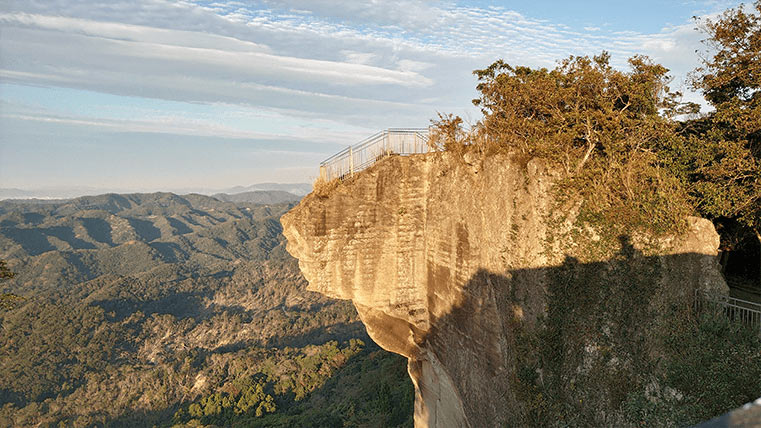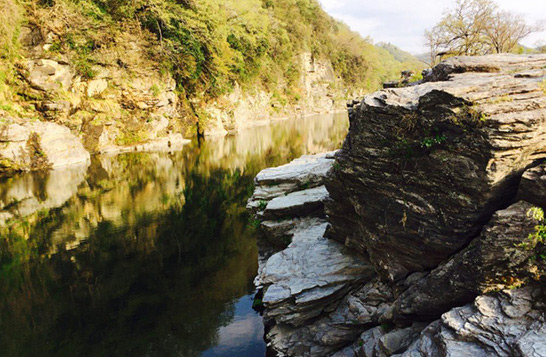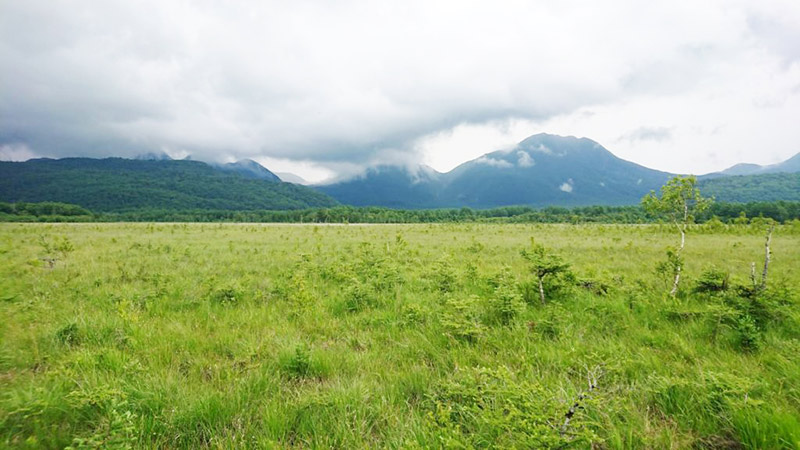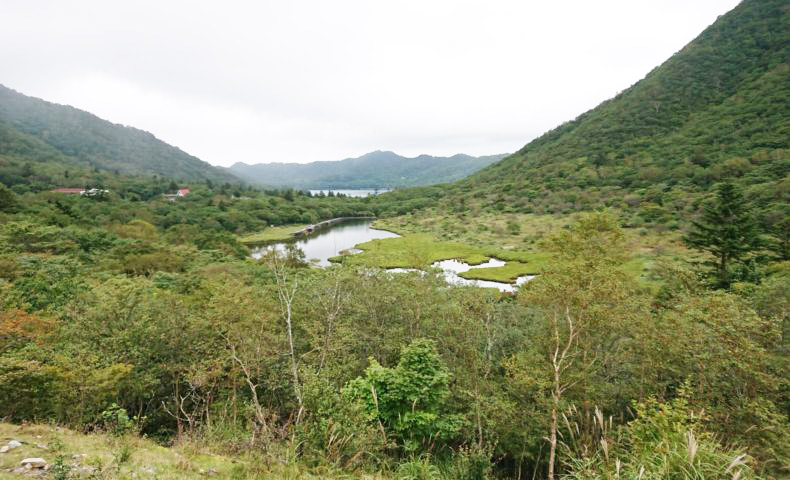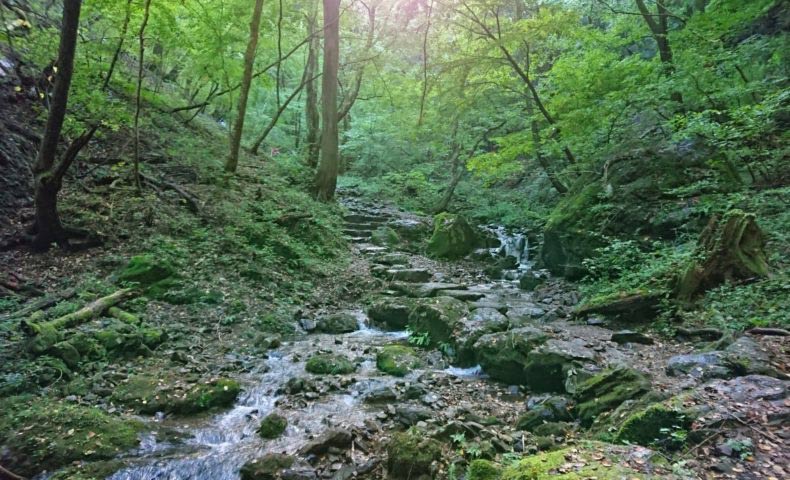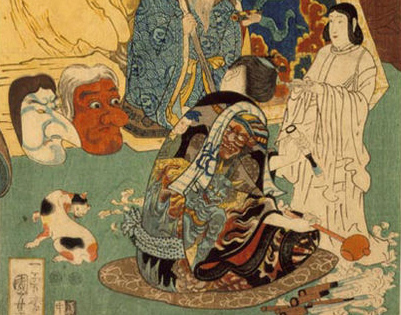Shrine of Musashi Mitake | Mythical background in Mt. Mitake
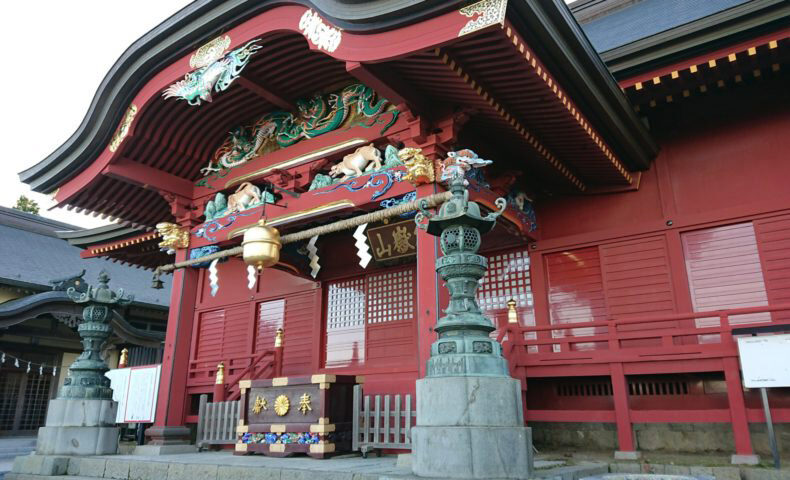
Shrine of Musashi Mitake is one of the popular sites in Tokyo because it’s easy to access and possibly to a day trip.
Interestingly, the site has composed of a variety of shrines although it is on the top of the mountain.
Moreover, this site is a passage point to access other sightseeing spots like Mt.Otake, National Rock Garden, and so on.
Mt. Mitake | A great spots and Natural Rock Garden in Tokyo
So, I will introduce about Shrine of Musashi Mitake and fascinating spots around there with historical background.
Table of Content
Japanese Mountain Worship in Mt. Mitake
The most interesting feature in Shrine of Musashi Mitake is that location.
The shrine is located on the top of the mountain called Mt.Mitake which reaches 929m high.
The reason why the shrine is standing on the mountain is related to faith in mountain worship that widely expands after medieval times across the Sengoku period in Japan.
In fact, Mt.Mitake was to be the center of place for mountain worship in the Kanto region including Tokyo as well as Mt.Takao.
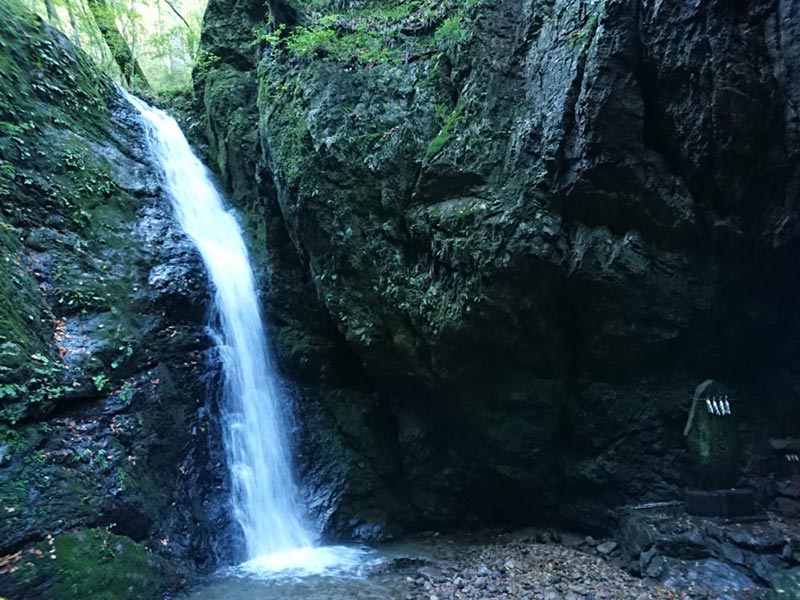
Consequently, it is said that some monks who train for ascetic practices often visit here.
Last time, I have mentioned mountain worship a little bit with the topic of Japanese traditional monster called Tengu, so if you are interested in this topic, please check the previous article.
Tengu might have existed in 19th century | Japanese Yokai
What is the features of Musashi Mitake

The history of this site started in a very old period in B.C.91 in Japan, and it’s back to the age of myth (The detail of origin is described in the final section).
Technically, mountain worship widely started after enshrining god called “Zaougongen” with setting his sculpture here in 736. So, Musashi Mitake’s background is too longer than we thought.
In addition, this site has a lot of precious architecture, and cultural properties not only interesting background.
For example, important cultural properties like Japanese Katana named “Tonkinnaga Fukurinno Tachi” are set at treasure hall in this area (Be careful, treasure hall is not available on holidays).
Of course, Shrines of Musashi Mitake itself is also valuable and engage tourists because of aesthetic appearance and fortune effect for visitors.
In particular, it is said that the main shrine gives visitors good fortunes such as to be being honest, strong minds, and bodies.
Shrine of Oguchi Magami
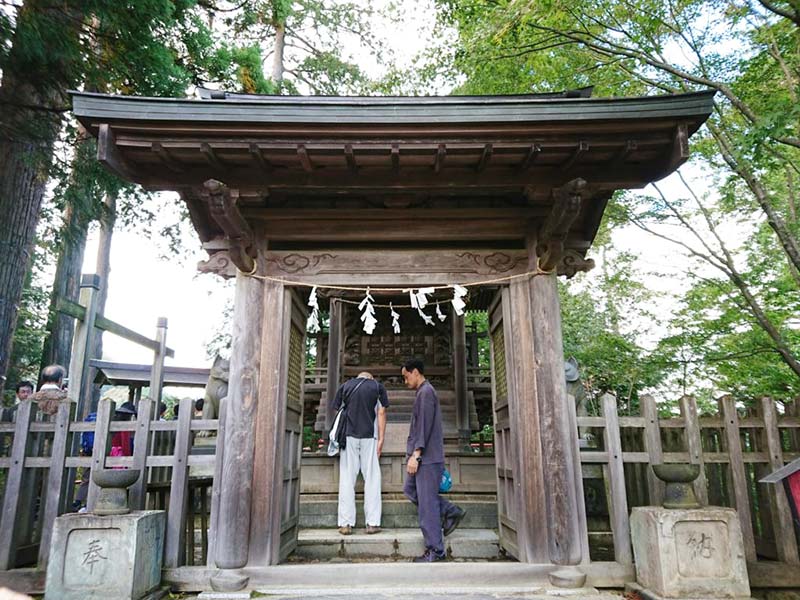
In this section, I introduce a variety of shrines in the sites.
First, “Shrine of Oguachi Magami” is the spot you must visit because this small spot has good fortune effects as well as the main shrine.
It is said that the god of the dog called “Oinusama” who is enshrined in this small shrine gives below fortunes to you and your dog.
- Protect you from theft, sickness, and disaster for fire.
- Safe delivery of children for pregnant women.
Interestingly, the whole Shrine of Musashi Mitake including this area is permitted to visit with a dog.
The reason why the god of dog has enshrined is relevant to the origin of the site itself, so the detail will be mentioned in the last section.
Shrine of Tokiwakasha
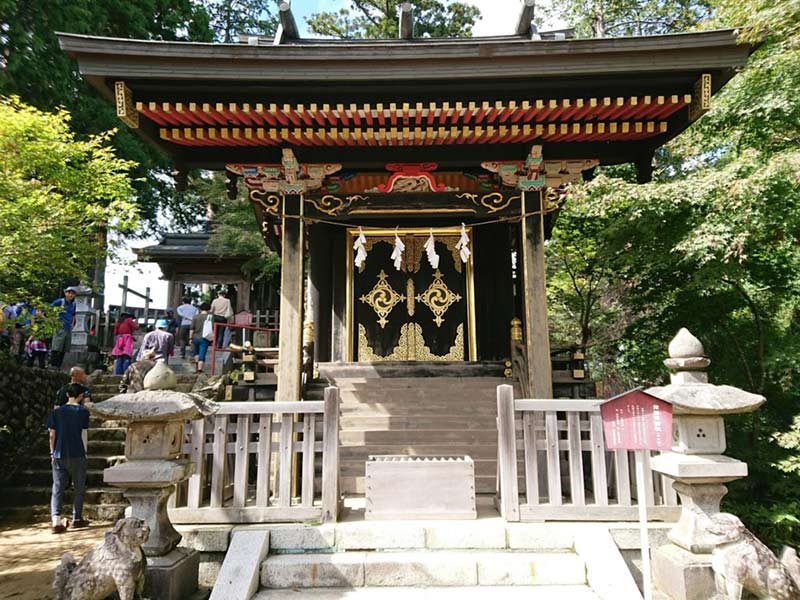
This shrine called “Tokiwakasha” has a good reputation as well, because of conventional and one of the Japanese architectural style called Momoyama style.
Furthermore, the beautiful design and contrast of colors like jet black, soft red, and gold would be one of the facts to engage people.
As a result of the good reputation for these elements, this shrine was registered for important cultural properties in Japan.
Shrin of Kofuku
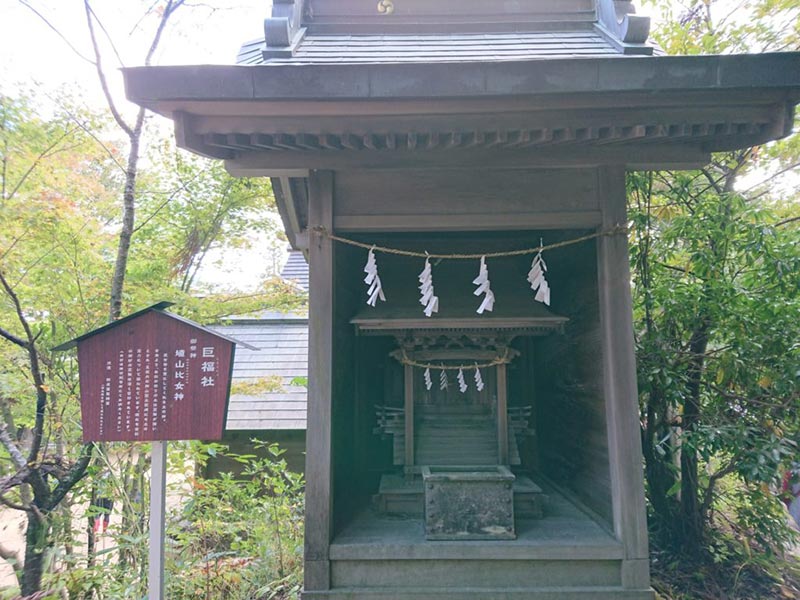
As you see, this is the smallest shrine in the site.
Shrine of Kofuku is ensuring the god of soil called “Haniyama Himeno Kami” to encourage rich harvest.
Moreover, it is said that this shrine and stones around here give you a fortune effect like driving harm away from pests.
So, old people believed that notion, and they take back the soil here and scatter to their own farm as a custom.
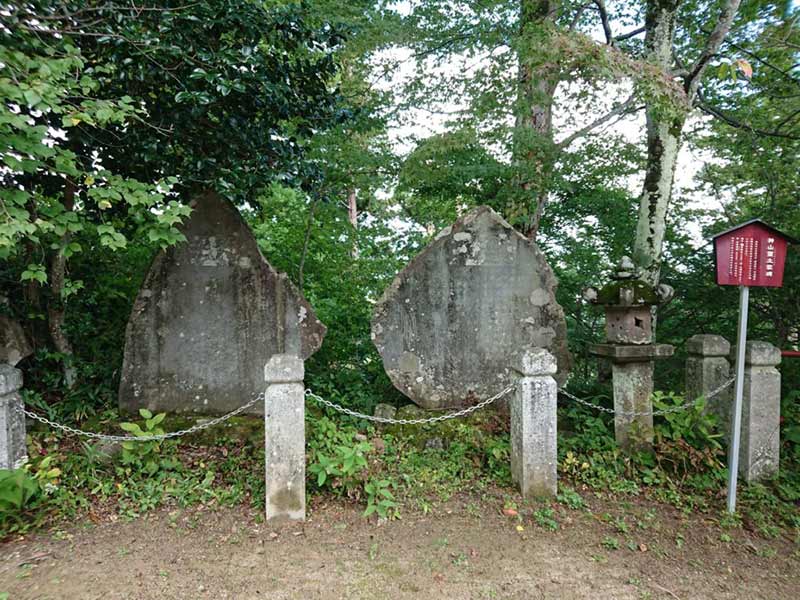
So, if your job is related to agriculture, please visit here, and get the soil at reception.
Shrine of Shinmei
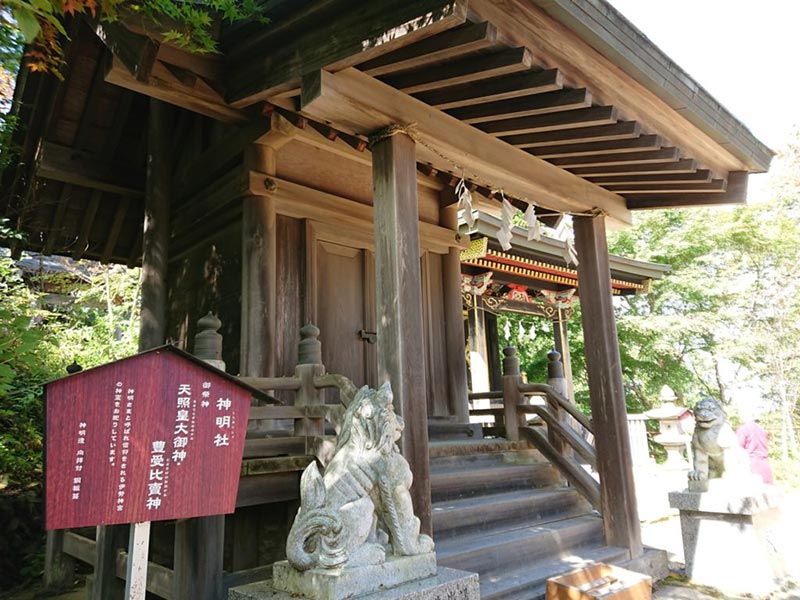
Japanese mythical goddesses called “Amaterasu Okami” and “Toyoukehimenokami” has been enshrined here.
Theses gods are enshrined at other sites like Ise Jingu in Mie prefecture, the shrine of Hiroda in Hyogo prefecture, and so on.
A sculpture made by Seibo Kitamura
Not only distinctive shrines, the monument of Hatakeyama Shigetada that was made of aluminum material by Seibo Kitamura who left many sculptures around Japan can be seen near the shrine.
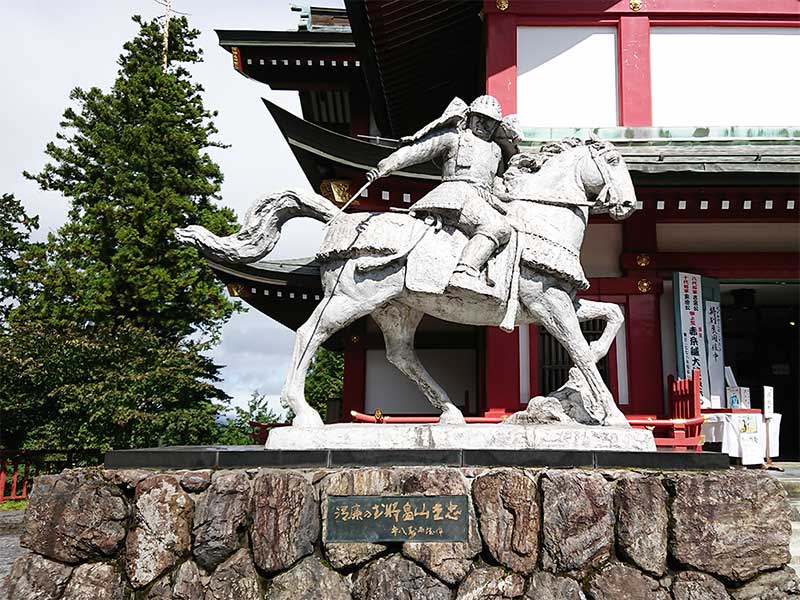
The monument was motifed for a samurai called Hatakeyama Shigetada who lived from 1,164 to1,205 and active as a warlord at the period.
This sculpture is great, but Kitamura’s works are put around Japan and achieved a new style of sculpture-making at the time.
If you want to know his works and masterpiece called Peace State that reach around 44 feet, please read the below article too.
The Peace Statue in Nagasaki: Japanese sculpture world
The origin of Musashi Mitake in Myth
In this section, I will describe the origin of Musashi Mitake by going back to an interesting topic about the god of the dog called “Oinusama”.
First, the motif of this dog is technically the Japanese Wolf that had already become extinct at the beginning of the 20th century.
And, the reason why the dog (Japanese wolf) is enshrined is relevant to old folklore according to a history book called Nihonshoki in Japan.
In the distant past, Yamato Takeru who are an ancient royal family in Japan got lost in this Mt. Mitake with his army in the middle of the expedition.
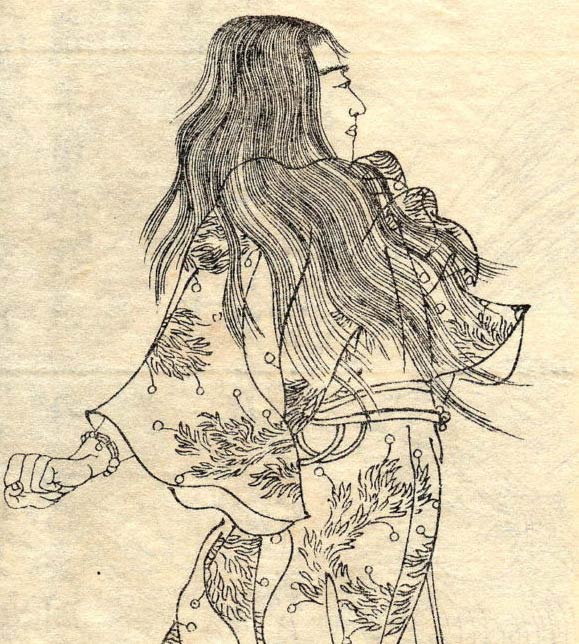
This is because they encountered an evil monster shaped white deer, and a heavy fog-like cloud blocks their view.
Then, a white wolf suddenly appeared in front of them, and lead Yamato Takeru’s army in the right way.
After they were rescued by the wolf, he got the name of “Oguchi Magami” from Yamato Takeru.
Furthermore, Yamato Takeru commanded that the white wolf (Ooguchi Magami) must stay this mountain as a god of the guardian to fight monsters.
As a result, the white wolf stayed to protect Mt.Mitake as Oguchi Magami and has defied here.
what are activity spots in Mt. Mitake
As I mentioned, the background of the shrine is interesting, but Mt. Mitake has other great spots like natural rock garden and root for Mt.Otake.
So, please check this information in below article if you are interested.
